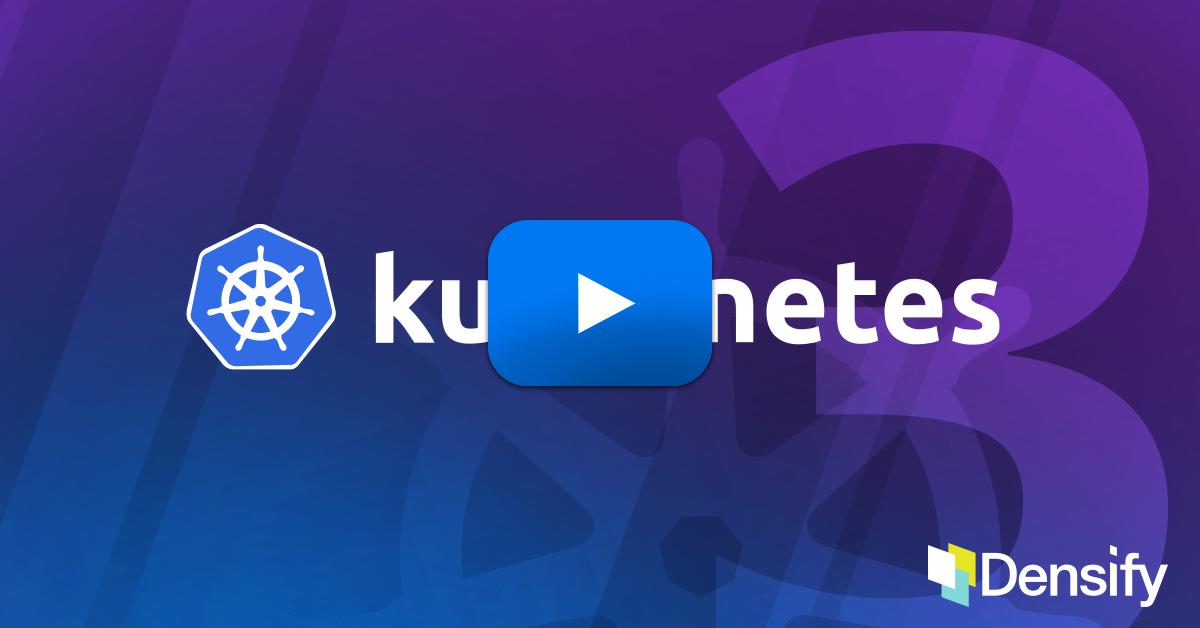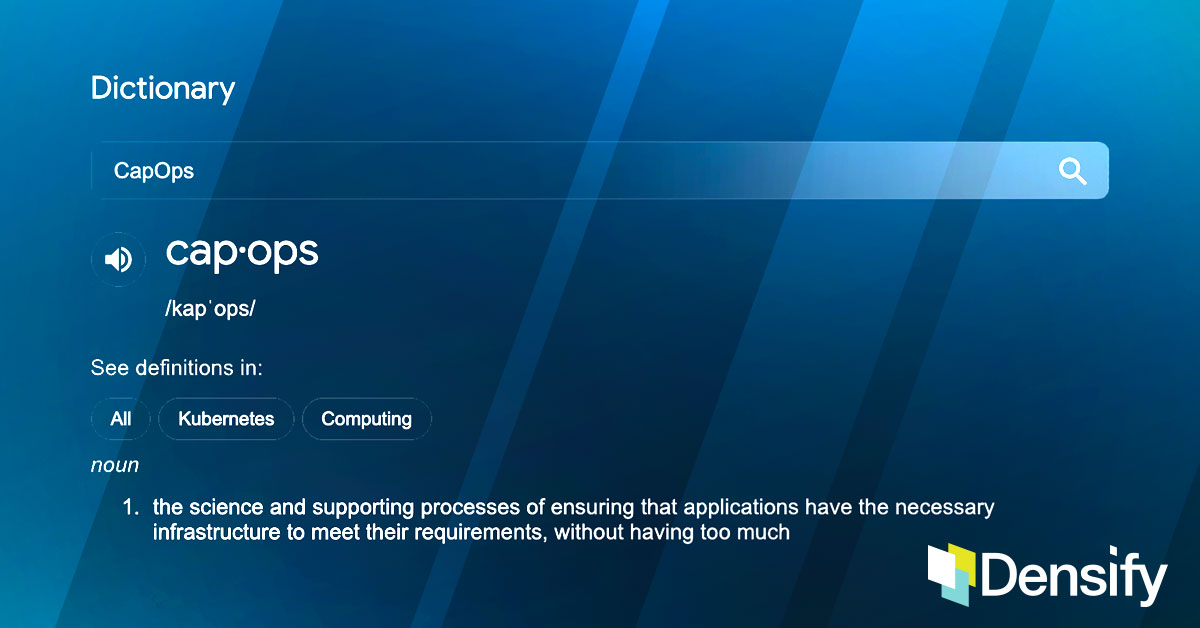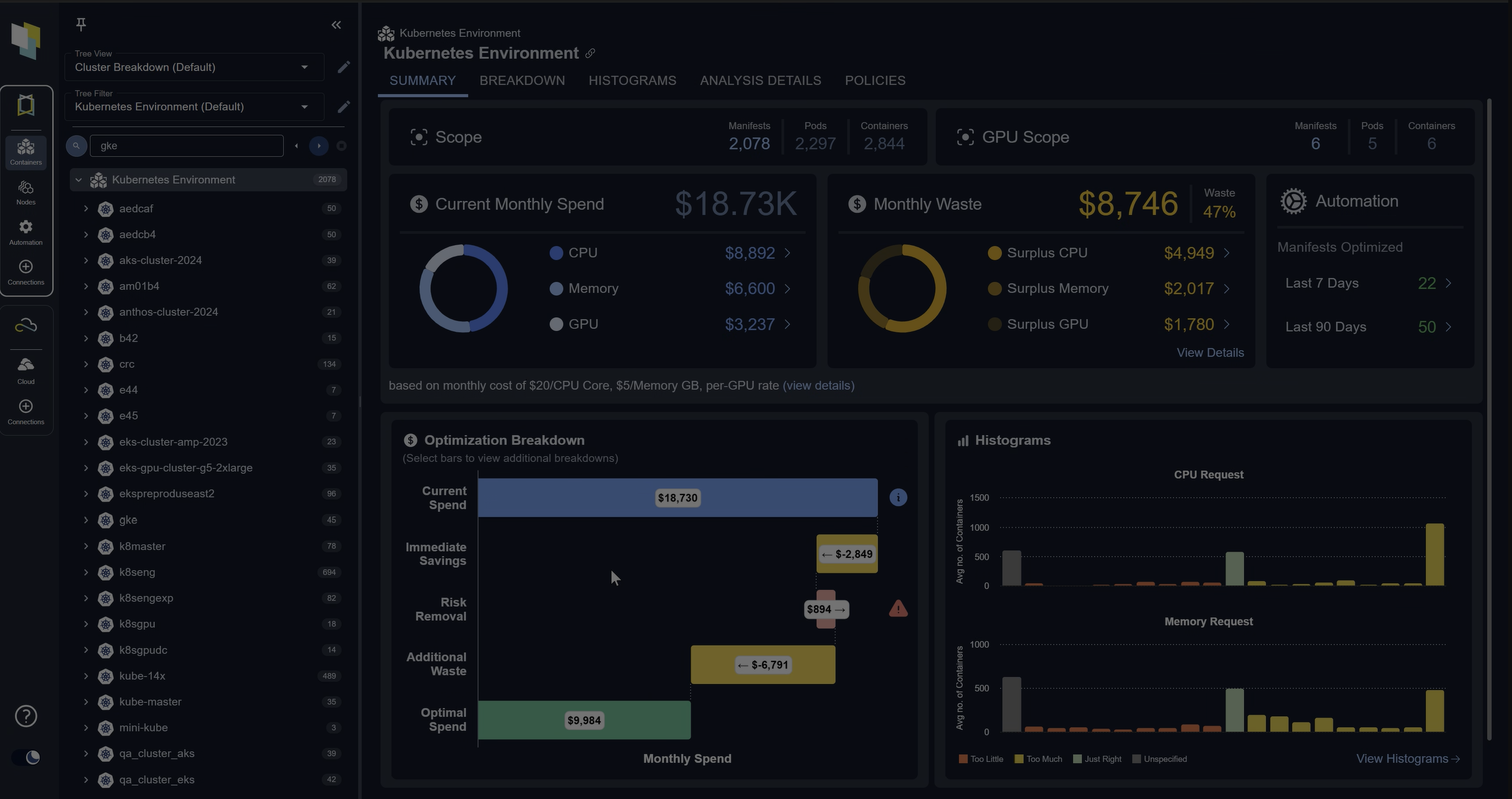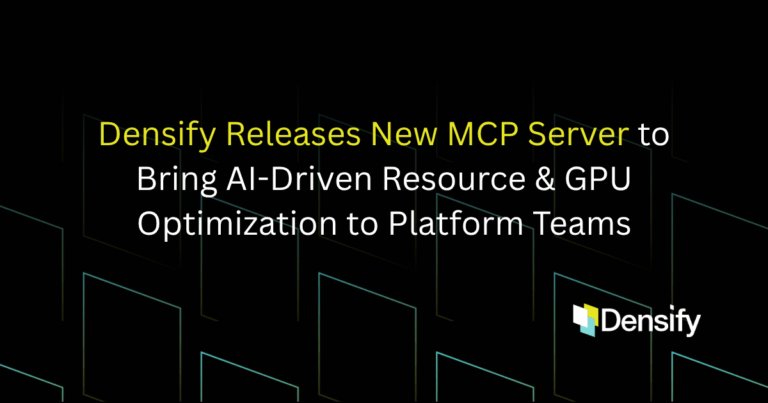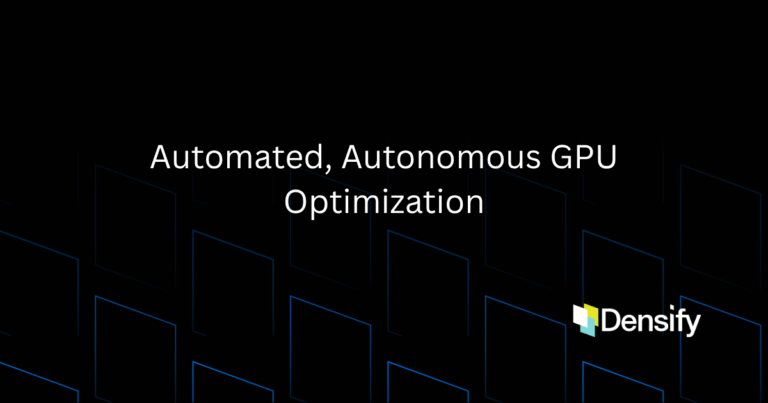Is Your Cloud Truly Elastic or Just Expensive?
A lot of people think that using the cloud makes you elastic, but cloud really only gives you the potential to be elastic. If your apps aren’t elastic, and your cloud usage doesn’t flex up and down based on activity levels, then it’s really just expensive.
The same is true of containers—they don’t magically make all of your hosting problems go away, and while they have the potential to make you more agile and efficient, it isn’t that simple. They provide the constructs to achieve resource nirvana, but they need help.
The problem in both cases is that the teams that used to focus on aligning supply and demand in on-prem environments, the capacity managers, didn’t necessarily come along on the journey to the cloud. Which makes sense on the surface, since one of their major functions, planning purchasing months ahead of actual need, is no longer a requirement. But all the other things these teams did, like sizing VMs and aligning the infrastructure being purchased to the workload demands, is still pretty useful…if not critical to ensuring costs don’t get out of hand.
Continuous (Cloud Resource) Improvement
Clouds resources need to be configured (and reconfigured) to match ever-evolving workloads, and to scale up and down automatically based on usage. And container requests and limits need to be set intelligently, and constantly revisited, to make sure you aren’t running clusters at ridiculously low utilization. But the new-school teams that focus on DevOps and FinOps haven’t necessarily picked up the mantle and taken over this function, leaving a gap in the optimization of cloud and container resources.
I’ve found that this new gap can most easily be described using the new Ops-focused lexicon. If we think about traditional capacity planning and management, but remove the long-term analysis and add a more dynamic, operational approach, it can still focus on the granular details of the resources, but operate in a more continuous way. This Capacity + Operations = “Capacity Operations,” and while the world doesn’t need more phrases like this (I personally think we jumped the shark at “ChatOps”), it is actually a great way to think about it.
So much so that I wrote a paper on the topic. You can find it here—it takes about 12 minutes to read, (maybe a little more if you stop and appreciate the pictures), and we’d love to hear your thoughts on it.
Continuous Resource Optimization Strategies for Kubernetes
I also presented a training on the topic, so if you don’t like reading then you can grab some popcorn and sit back for a guided tour…
